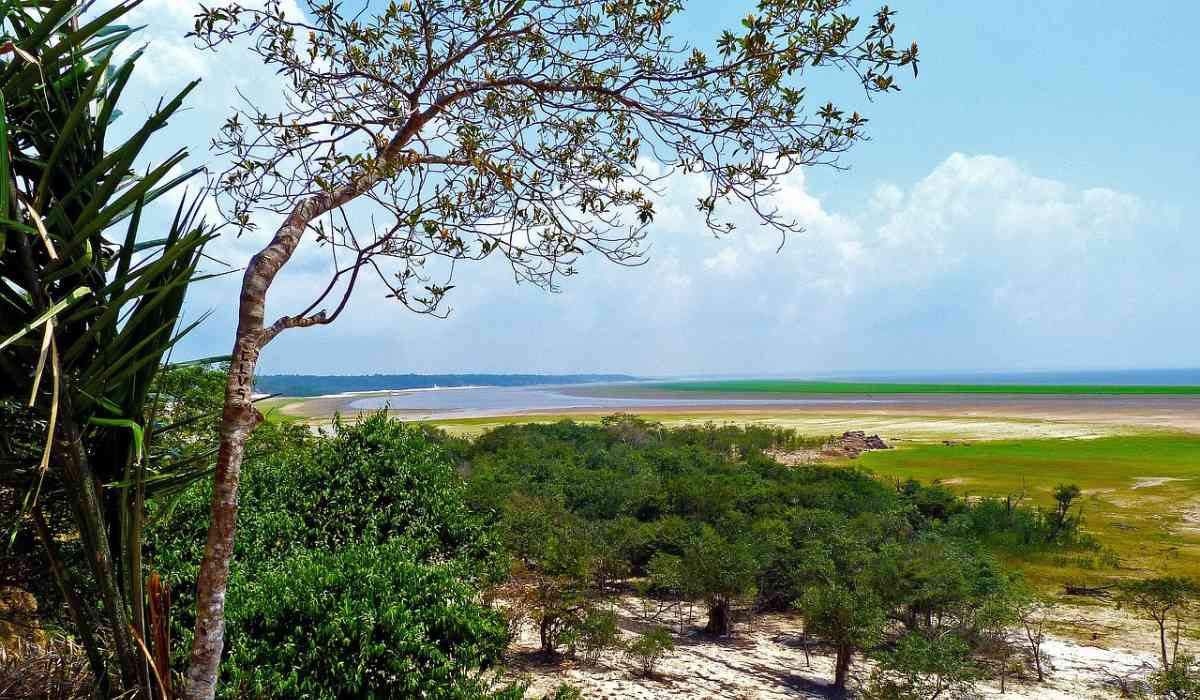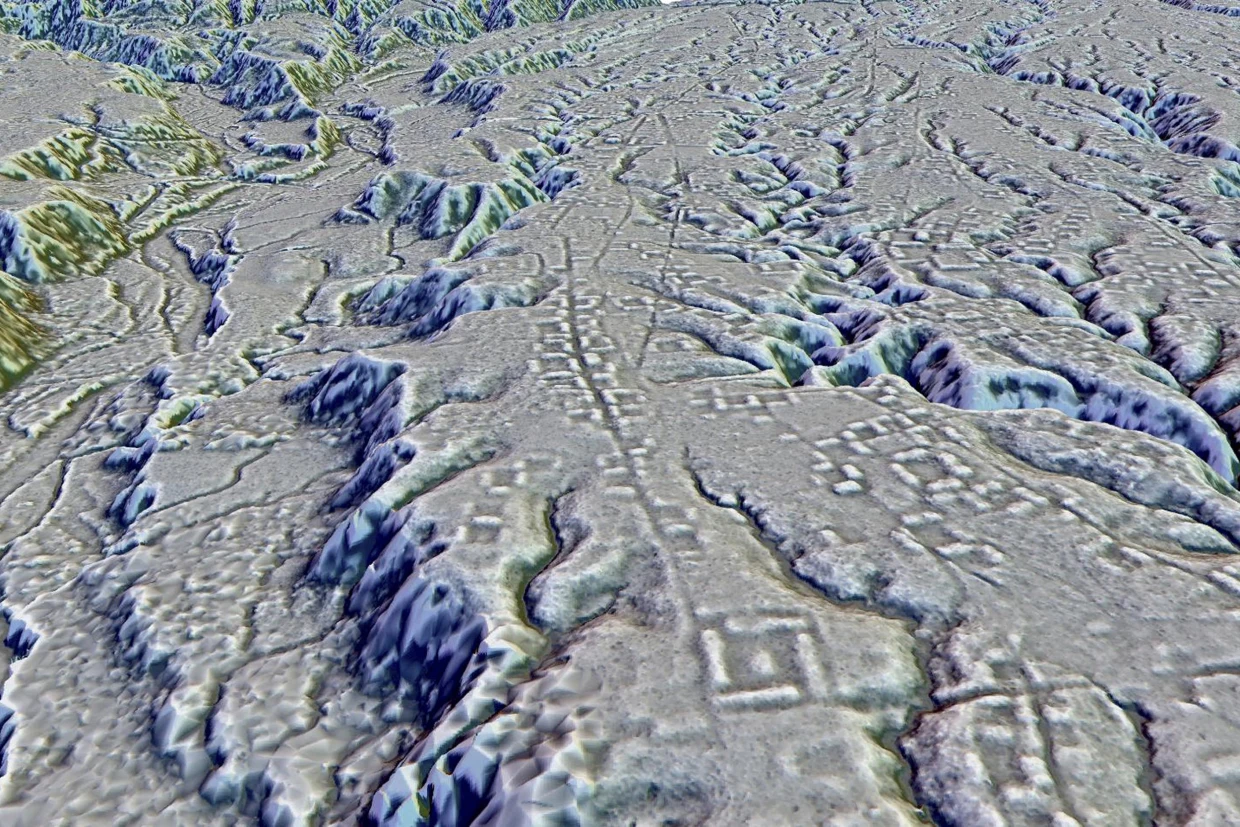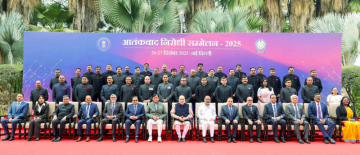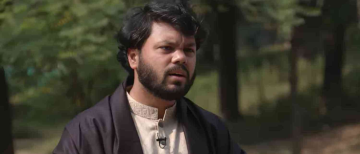Archaeologists have discovered a cluster of vanished cities in the Amazon rainforest, where at least 10,000 farmers lived about 2,000 years ago. Over two decades ago, archaeologist Stephen Rostain first identified a sequence of clay mounds and buried pathways.
As the Associated Press noted, Rostain, one of the researchers who had initially published about the discovery of the vanished cities in the journal Science on Thursday, January 11, expressed his uncertainty about how everything went together at the time.
The latest mapping of the area using laser-sensor technology indicated that those locations will be part of a dense network of connecting routes and towns buried in the Andes' forested slopes that has lasted nearly 1,000 years.
According to Rostain, who conducted research at the National Center for Scientific Research in France,
"It was a lost valley of cities." It's amazing. It’s incredible.”
Image Source: NBC news
Highly complex civilization mirrored in mapping
The researchers found that the Upano people lived in the settlements between around 500 BC and AD 300–600, which is almost exactly contemporaneous with the Roman Empire in Europe.
Built on more than 6,000 clay mounds, the ceremonial and residential structures were flanked by agricultural areas with drainage ditches. The biggest highways were 33 feet (10 meters) broad and extended 6–12 miles (10–20 km).
Archaeologist Antoine Dorison, a co-author of the study at the same French institute, stated that although population estimates are difficult to make, the site was formerly home to some 10,000 people.
"There’s always been an incredible diversity of people and settlements in the Amazon, not only one way to live. We’re just learning more about them," Rostain added.
Ⓒ Copyright 2023. All Rights Reserved Powered by Vygr Media.

























